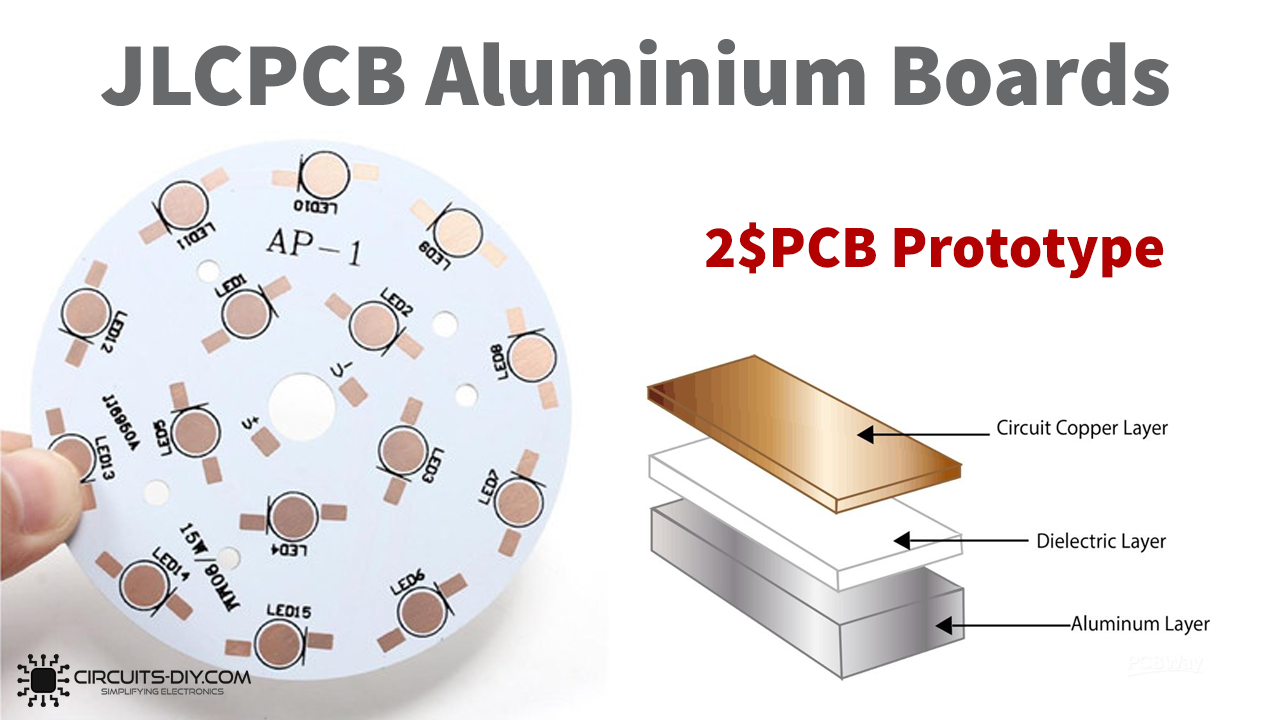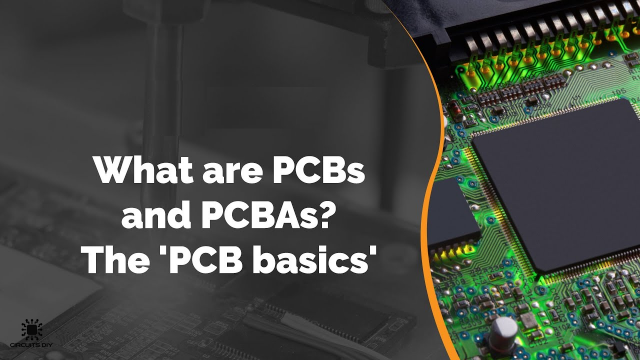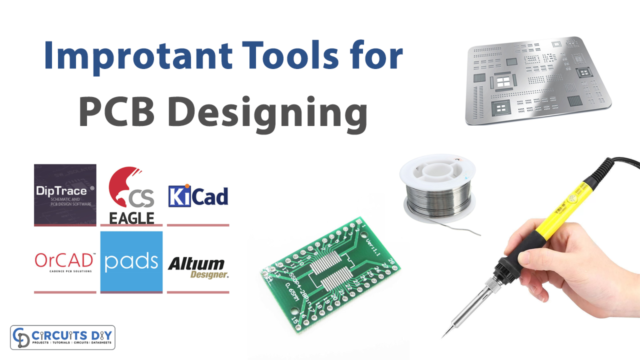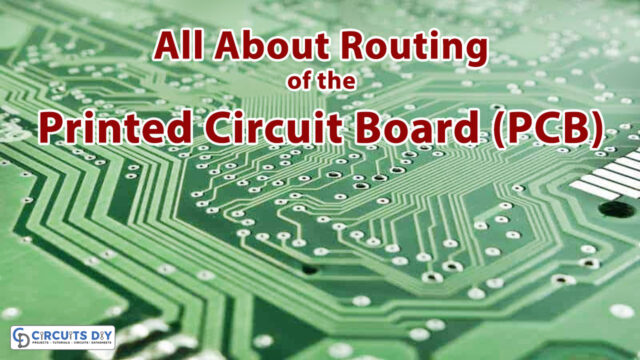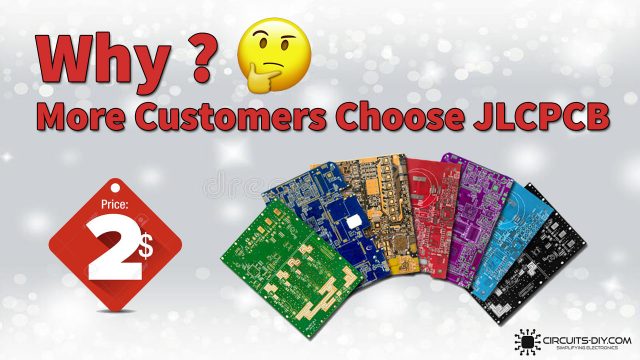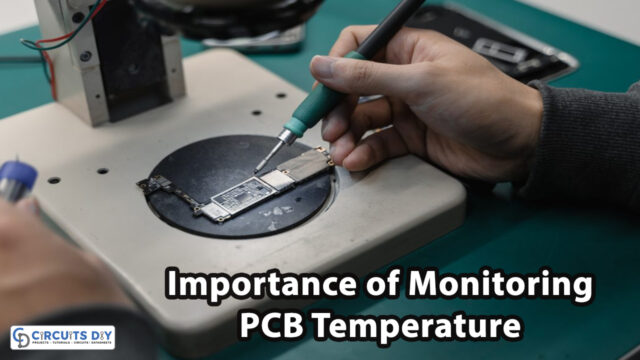JLC PCB Aluminum Boards
A PCB board can be made in a variety of ways. Aluminum boards at JLCPCB, on the other hand, are well-known for their thermally dissipating capabilities. Other names for it include aluminum-clad circuit boards, metal-clad printable circuit boards, and even thermally conducting circuit boards. They’re all made with the same basic substance, aluminum, and operate in the same method. A thermally cladding layer is present on these circuits, which effectively diffuses energy. At the very same period, the layer is cooling parts, resulting in a boost in your PCB’s actual quality. There would be 3 parts when making an aluminum PCB. Copper was commonly used for the circuit layer.
There is the thermally insulating insulation layer. The aluminum layer is then used as the foundation. When you choose aluminum PCBs, you’re receiving more than simply high-quality material. However, the producing procedures and client service were both of excellent quality. Aluminum is always extending the boundaries of the technologies used to develop and manufacture circuit boards. The outcome is a beautifully made PCB that satisfies all of your needs, whether that’s due to the components use and the procedures developed.
JLC PCB Aluminium Board Quality
JLC PCB has its factory with automated production lines for providing higher quality along with consistency when required. You will get your aluminum board certified to ISO 9001:2015, ISO 14001:2015, and IPC-6012E standards.
JLC PCB Pricing
JLCPCB is in the market since 2006 and from that time, it continues working to become an effective and cost-efficient company. JLCPCB specifically promises to offer customers economic PCB aluminum board solutions. JLC is the cheapest PCB design solution available in the market without compromising the quality due to its scale effectiveness, higher production efficiency, and lower manpower cost.
The PCB board prototype 1-4 layers start from $2 and PCB assembling starts only at $7.
JLC PCB Aluminium Board Uses
If heat dispersion inside the boards is your primary concern, aluminum is the ideal choice. When opposed to other materials for use in PCBs, the metal is very good at dissipating heat. Aluminium PCBs will be employed in any layout that might be greatly enhanced by good thermal management and heat dissipation. An aluminum PCB will be ideal for applications such as automobile and energy devices, as well as any other application where heat will be detrimental to the elements. The use of aluminum removes the requirement for pressurized air in the design.
As an outcome, fewer elements are required, and the manufacturing price is reduced. Aluminium PCBs with LED illumination, whether for internal or external lighting, are also accessible. LEDs can handle a lot of electricity without getting too hot. Whenever a light gets too hot, it risks burning out and shattering. Because LEDs have such a long life expectancy, energy should be dissipated in a way that prevents overheating. In this situation, a metal PCB would have been used.
Aluminum is recognized for transporting energy away from the board’s most important elements. The PCB will be safe from thermal injuries as a result of this. Furthermore, when contrasted to other substances such as fiberglass, it is quite resilient and may last a longer period.
Aluminum Board features a few of the best properties for warm exchange, as it transfers heat well, transferring it away from critical elements and reducing warmth damage to the PCB. Fiberglass, on the other hand, is significantly less conducting. As a result of this differential, Circuit board layers are much more effective in terms of warmth energy interchange.
Aluminum Boards have become the emerging Boards of choice in the LED lighting business as a consequence of those properties, especially the inconceivable capability to dissipate heat. This growing popularity in the LED industry is due to several remarkable capabilities and advancements.
Aluminum Board Structure
Whenever it relates to aluminum Board construction, it refers towards the aluminum copper clad laminate (CCL) construction, which includes copper foil, dielectric material, aluminum basis, and aluminum base membranes (selective).
- The layer of Copper Foil
Aluminum CCLs have the identical copper foil layers as standard CCLs, and the circuitry layers require a substantial power holding capability, which is why a reasonably thicker copper circuit is used, with thicknesses ranging from 1oz to 10oz. To boost peel-off resilience, the backing panel of copper coating must undergo a chemical oxidizing procedure, whereas the covering side must undergo zincing or brass plates.
- The Layer of Dielectric
The fundamental innovation of aluminum CCL is a dielectric layer constituted of a covering of thermal conducting insulating materials with low thermal performance with a thickness ranging from 50m to 200m. It has good anti-thermal aging properties and can tolerate mechanical and thermal pressure.
- The Base Layer of Aluminum
Aluminum substrate material, which is the sustaining element of the aluminum bottom layer, is truly an aluminum substrates substance. It must be very thermally conducting as well as appropriate for common manual production processes including drills, punch, and removing.
- The Membrane with an Aluminum Base
The aluminum base layer protects the metal surfaces from scraped and etch agents. Normal (below 120°C) and anti-high temperatures (below 250°C) membranes could be distinguished. The latter type satisfies the HASL (hot air solder leveling) surfaces finishing standard.
What are the different varieties of aluminum boards?
Even though all aluminum clads perform the same function, namely thermal dispersion, various kinds have distinct properties depending on their layout and construction. The types of aluminum-clad which you must be aware of that are as follows.
Aluminum Boards with through-holes
The maker backfills and pre-drills a solitary metal layer before applying the lamination materials while designing through-hole aluminum PCBs.
Following this procedure, a core of multilayered constructs would form. The thermal components are then laminated on both sides of the boards with thermally bonded compounds. The drill on the assemblage is the last finish.
Flexible Aluminum Board
A flex aluminum board is a newly released board that includes polyimide resins and ceramics filtering.
The connection between these two substances is to improve insulating, elasticity (the Board could be twisted or folded into any pattern and preserve its shape), and heating value. Furthermore, because you won’t have to buy connectors or cables, their use is cost-effective. It’s inconvenient since you can’t change or edit the end outcome once you’ve chosen a design.
Aluminum board with multilayered
Highly conducting dielectrics are used in numerous layers on multilayered aluminum PCBs. Blinds vias symbolize thermally or transmission vias and the design consists of one or even more levels of circuits located in the insulating material.
The simple and effective answer for thermal conductivities in complicated items that multilayered IMS PCB provides is an advantage. On the opposite, they’re expensive and can’t easily transport heat in single-layer systems. They’re frequently used in power distribution items.
Aluminum Board with enhanced thermally conductance
The insulation layers in this sort of Board are made of epoxy resins. Thermo conductance must be high in the epoxy coating.
Aluminum Board with a higher frequency
The insulation layers on a high-frequency aluminum Board are made of polyolefin or polyimide. It could also be woven fiberglass among two layers of epoxy resin. The components aim to increase the PCB’s mobility.
JLC’s Aluminum Boards Efficiency
Thermodynamic Dispersion
Aluminum PCBs function superior in respect of thermal dissipation than standard FR4 boards, and then they can dissipate heat more quickly. As just a reference, consider the difference between FR4 PCB and aluminum Boards with uniform thicknesses of 1.5mm. FR4 PCB has thermal resistance and aluminum PCB has thermal susceptibility. As a result, aluminum could effectively dissipate heat.
Expansion of Heat
The fundamental essence of materials is thermally expansions and constrictions, and various substances have varying ratios of thermal expansions. Thermal expansions and contracting difficulties of parts onboard surfaces could be substantially decreased with the endurance and dependability of whole appliances and electronic devices now that aluminum PCBs perform admirably in case of temperature dispersion. This feature of aluminum PCBs is very beneficial for SMT thermally expansions and compression difficulties (surface mount technology).
Stabilization in Dimensions
Aluminum-based Boards have a very consistent dimension. These only automatically resize by 2.5 percent to 3.0 percent when warmed from 30°C to 140°C or 150°C.
Additional Appearances
- Suitable for SMT energy components.
- The proposed circuit is efficient in terms of thermal expansions.
- Aids in lowering operational temperatures, increasing product energy effectiveness and durability, and extending the shelf life of the product.
- Reducing the volume of the item and the cost of components and assembling.
- Replacement of the basis of the fragile ceramics with a more insulated and mechanically durable alternative.
Advantages of Aluminium Boards
There are numerous benefits when using an aluminum Board. This kind has five major advantages:
- Friendly to the Climate
Aluminum was non-toxic and reusable, making it better for both you and the ecosystem. Depending on how it is made, it also saves resources since it is so simple to deal with.
- Affordability
Aluminum was abundant and relatively simple to extract. That implies it is less expensive than using other minerals.
- Long-lasting
Aluminum was a robust metal with the toughness that other substances, such as fiberglass, lack. It provides a superb basis with fewer possibilities of breakage due to its hardness and endurance.
- Effortless
Aluminum would be a lightweight metal that is also dependable, tough, and long-lasting.
- Dissipation of Thermal
Aluminum was good at transporting energy away from the board’s essential aspects. If you apply too much energy to certain parts, your boards may suffer substantial injury.
Interested in knowing more about Aluminium boards at JLCPCB, just visit us now at JLCPCB.COM


